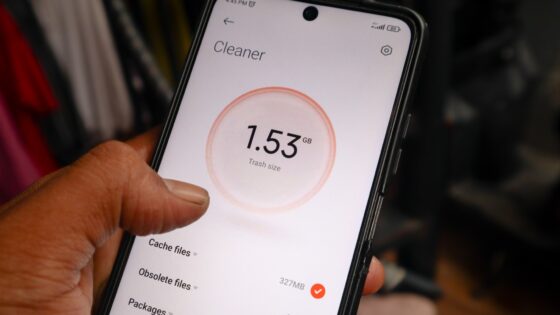Insert old Life Alert commercial reference here.
The current series of Apple Watch has a small array of health-conscious features, such as heart rate monitoring and exercise tracking. What may be one of the most useful features for older Apple Watch owners is fall detection. If you take a sudden, hard fall with an Apple Watch on, it can detect the sudden dramatic shift orientation. It’ll then vibrate, sound an alarm, and ask if you’re okay. If you’ve fallen and you can’t get up, you can send an SOS to your local emergency dispatch to come aid you. It’s a very helpful feature, and it’s even saved a few lives. If you’ve got a relative who could make use of this, here’s how to set it up for them.
First, find the Apple Watch’s companion app on your iPhone. Open it up and tap the “My Watch” button. Tap “Emergency SOS,” scroll down to “Fall Detection,” and toggle it on. Once that’s on, you’ll need to activate the feature in the watch proper. Open the Settings on the Apple Watch, tap “General,” and toggle “Enable Fall Detection.”
Now that’s the basic function activated, but there’s one extra step to expedite the process. You’ll want to set up a medical ID so emergency contacts are notified in case of a fall. Go into the Health app on your iPhone, tap “Summary,” then “Set Up Medical ID.” Tap “Get Started” and fill out the requested information and emergency contacts. You can also toggle “Show When Locked” near the top of the screen to show your ID even when the device is locked. That’ll help emergency responders give appropriate care.
All set! If the watch-wearer takes a fall, they can swipe the SOS button over to call emergency services. If the watch detects a fall, and then doesn’t detect any movement after one minute, it’ll call emergency services automatically.

































